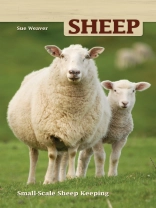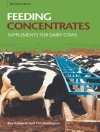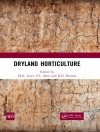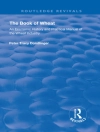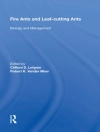Hobby farmer Sue Weaver provides a perfect primer in Sheep, ideal for novice or experienced sheep keepers looking to expand their hobby farm with a flock of wooly wonders. Illustrated with instructive and beautiful color photographs and loaded with charts and sidebars, this Hobby Farms title will make even newcomers feel comfortable choosing, caring for, and even sheering and milking their own sheep. Weaver begins, ‘Be they pets or profit makers, sheep should be part of every small-farm scene. They are inexpensive to buy and keep, easy to care for, and relatively long lived, making them great investments.’ While sheep dotting a green meadow add beauty—and a possible tax write-off—to any pastoral setting, hobby farmers can choose whether their sheep will be sold as pets, used as providers of milk, cheese, or wool, or raised as livestock for their much sought-after mutton.
As a subject, sheep have a fascinating history to tell, as Weaver does in the opening chapter ‘Sheep from the Beginning, ‘ but once we get through the mythology, biology, and anatomical lessons, the farming begins. Sheep will assist the reader in buying the right sheep for his or her farm or land, based on availability, conformation, health, and so forth. The book offers practical advice, including how to move sheep from one locale to another (with a ‘ewe haul’). Sheep farming involves the housing, feeding, and guarding of the sheep, all detailed in the book. Weave discusses the use of fences, shelters, pens, and stalls as well as the purchase of the right hay. She also addresses the use of working dogs to control and guard the flock.
Understanding sheep behavior is the subject of the chapter ‘Sheepish Behavior and Safe Handling, ‘ in which the author discusses flocking dynamics, fleeing instinct, and sheep body and vocal language, leading to practical advice about how to handle and move sheep safely and with minimal fuss. The old adage ‘A sick sheep is a dead sheep’ may not hold completely true in modern times, but it does underscore how important the health of a flock is to a responsible sheep keeper. The chapter ‘Health, Maladies, and Hooves’ (and the appendix ‘A Glance at Sheep Afflictions’) offers farmers vital information about vaccinations, parasites, and hoof care to be proactive in the flock’s health.
For hobby farmers interested in expanding their flocks, the chapter ‘The Importance of Proper Breeding’ is a mini course in breeding and lambing, including bottle feeding, tail banding, and more. All of the joys of wool are captured in the chapter ‘Fleece: Shearing, Selling, Spinning, ‘ in which the author discusses the tools, skills, and fees required to fleece the flock. The chapter also discusses spinning your own wool and selling the fleece. The final chapter, ‘Mutton or Milk?’ discusses the advantages and desirability of sheep’s milk and the possible markets for milk, cheese, and meat. A glossary of over 100 terms, an extensive resources section (sheep-pertinent organizations, websites, and publications), and an index complete the volume.
Sobre el autor
Sue Weaver has written hundreds of articles and ten books about livestock and poultry. She is a contributing editor of Hobby Farms magazine and writes the “Poultry Profiles” column for Chickens magazine. Sue lives on a small farm in Arkansas, which she shares with her husband, a flock of Classic Cheviot sheep and a mixed herd of goats, horses large and small, a donkey who thinks she’s a horse, two llamas, a riding steer, a water buffalo, a pet razorback pig, guinea fowl, and Buckeye chickens.
